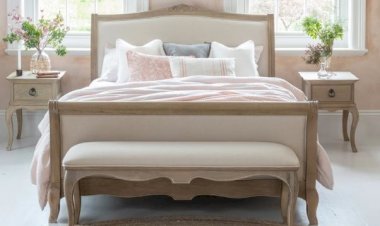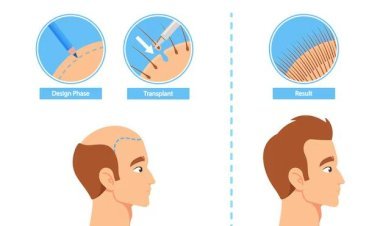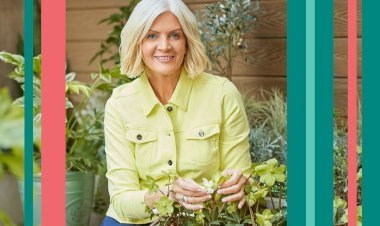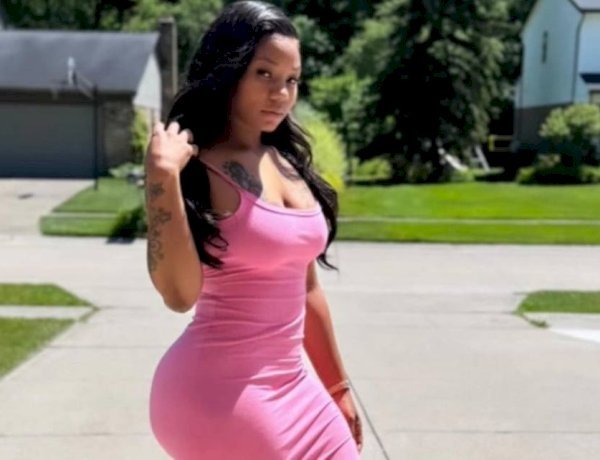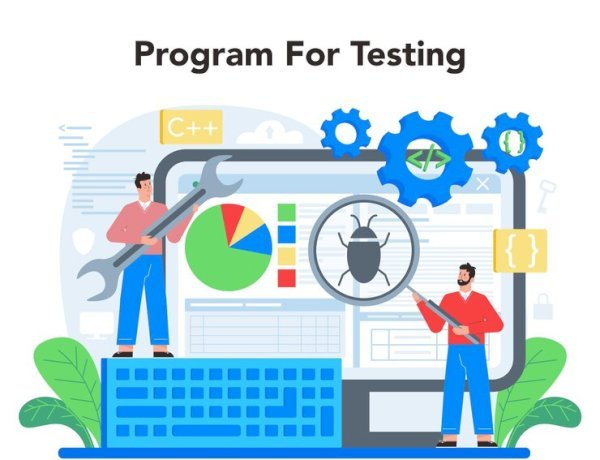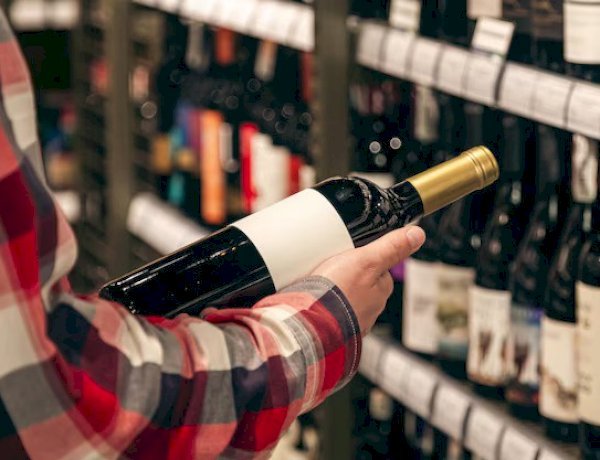How to Choose the Perfect Engagement Ring in 2025
Discover expert tips to choose the perfect engagement ring in 2025. Learn about diamond shapes, 4Cs, trends, and timeless styles for every budget.

Choosing an engagement ring is one of life’s most meaningful decisions. It’s more than a symbol of commitment—it’s a reflection of love, personality, and timeless beauty. The perfect ring should capture your partner’s style and your shared story while balancing craftsmanship, value, and sentiment.
In 2025, engagement ring trends blend classic elegance with innovation. From sustainable sourcing to advanced diamond technology, today’s buyers are better informed than ever. Among all designs, round diamond engagement rings continue to stand out as a favorite for their exceptional brilliance and universal appeal.
This comprehensive guide walks you through everything you need to know—from understanding style preferences to interpreting diamond quality and market insights—so you can find a ring your partner will cherish for a lifetime.
1. Understanding Modern Engagement Ring Trends (2025 Insights)

Image source: pinterest.com
The global engagement ring market continues to evolve, shaped by sustainability, technology, and individual expression.
Round brilliant cuts remain the top choice, accounting for nearly 60–65% of engagement rings sold worldwide (source: The International Gem Society). Their unmatched sparkle and balanced symmetry make them a safe yet stunning option for any style.
However, 2025 has seen a surge in popularity of elongated cuts like oval, emerald, and radiant, which visually appear larger per carat. Vintage-inspired designs and custom-made rings are also gaining momentum, reflecting a growing preference for individuality over tradition.
Sustainability is another driving factor. According to a 2025 report by Jewelers of America, lab-grown diamond sales grew by over 35% year-on-year, driven by affordability and ethical appeal. Meanwhile, the resale of antique and heirloom settings has increased, aligning with eco-conscious consumer values.
2. Discover Your Partner’s Personal Style

Image source: pinterest.com
The best engagement ring is one that feels deeply personal. Before looking at diamonds, spend time understanding your partner’s aesthetic preferences.
-
Observe their jewelry choices: Do they prefer minimalist elegance or bold, glamorous pieces?
-
Note their metal tone preference: White gold and platinum offer cool, modern tones, while yellow and rose gold bring warmth and romance.
-
Consider lifestyle: Someone with an active job or hands-on hobbies might prefer a low-set bezel design over a high prong setting for practicality.
If you’re unsure, ask a close friend or family member for insight—or subtly bring up jewelry in conversation to get clues without spoiling the surprise.
3. Learn the 4Cs of Diamonds (and What Really Matters)

Image source: pinterest.com
When it comes to choosing the diamond itself, remember the 4Cs—Cut, Color, Clarity, and Carat.
Cut:
The cut determines how much light the diamond reflects—its brilliance. For round diamonds, an Excellent or Ideal cut grade is essential. Perfect proportions (depth 59–62.6%, table 54–57%) maximize sparkle.
Color:
Diamonds are graded from D (colorless) to Z (light yellow). Near-colorless grades like G or H are the sweet spot for beauty and value.
Clarity:
Most inclusions are invisible to the naked eye. A VS2 or SI1 clarity often looks flawless and offers better pricing.
Carat:
Carat refers to weight, not size. A smaller, well-cut diamond can appear more brilliant than a poorly cut larger one.
Pro tip: Avoid “magic” weight jumps (1.00, 1.50, 2.00 carats). Choosing just below these thresholds can save significantly with no visible size loss.
4. Natural vs Lab-Grown Diamonds: Making an Informed Choice

Image source: pinterest.com
In 2025, lab-grown diamonds have become mainstream. They’re physically and chemically identical to mined diamonds but cost 60–80% less. They also appeal to eco-conscious couples since they require no mining.
However, natural diamonds retain stronger resale value and timeless prestige.
If you prioritize value, sustainability, and sparkle—lab-grown may be ideal. If sentiment and long-term appreciation matter more, natural is still unmatched.
5. Selecting the Perfect Shape and Setting

Image source: pinterest.com
The diamond’s shape defines the ring’s character.
-
Round – Classic, brilliant, and versatile.
-
Oval – Elegant and elongating for the finger.
-
Princess – Bold, geometric, and modern.
-
Cushion – Romantic with a soft, vintage glow.
-
Emerald – Sleek, sophisticated, and understated.
Once you choose the shape, consider the setting:
-
Solitaire – Simple and timeless.
-
Halo – Enhances sparkle and gives the illusion of size.
-
Three-stone – Symbolizes past, present, and future.
-
Pavé – Adds brilliance across the band.
-
Bezel – Modern, secure, and perfect for active lifestyles.
The key is balance: the setting should complement, not overpower, the center stone.
6. Choosing the Right Metal

Image source: pinterest.com
The metal not only influences appearance but also durability and maintenance.
-
Platinum: Premium, naturally white, and extremely durable.
-
White Gold: Elegant and affordable but may need rhodium replating every few years.
-
Yellow Gold: Traditional and warm, great for vintage-inspired rings.
-
Rose Gold: Romantic and trending, flattering for all skin tones.
In 2025, mixed-metal rings are gaining traction—white and rose gold combinations create striking, personalized contrasts.
7. Setting a Realistic Budget

Image source: pinterest.com
Forget the old “three-month salary” rule—it’s outdated. Today’s buyers value smart spending and custom craftsmanship over arbitrary amounts.
-
Consider long-term financial comfort.
-
Balance quality and size.
-
Remember customization options—many jewelers offer flexible designs that optimize sparkle without exceeding budget.
Average engagement ring spend in 2025 is approximately $5,500–$6,000, according to The Knot’s Global Wedding Report. But remember, it’s not about price—it’s about meaning.
8. Certification, Authenticity, and Insurance
Always ensure your diamond is certified by a reputable gemological lab. The Gemological Institute of America (GIA) and International Gemological Institute (IGI) are the two most trusted authorities.
Certificates detail the diamond’s 4Cs, proportions, and unique identification number (often laser-inscribed).
Once purchased, have your ring appraised and insured. This safeguards your investment against loss, damage, or theft.
9. Personalization and Ethical Choices

Image source: pinterest.com
Modern couples increasingly value meaning and sustainability. In 2025, over 40% of engagement rings are either custom-designed or ethically sourced.
You can personalize by:
-
Engraving initials, dates, or a quote inside the band.
-
Repurposing family heirloom stones.
-
Designing a completely bespoke piece with your jeweler.
For the eco-conscious, lab-grown diamonds, recycled metals, and conflict-free certifications align luxury with responsibility.
10. Making the Proposal Unforgettable

Image source: pinterest.com
The perfect ring deserves an equally thoughtful proposal. Whether it’s a sunset beach, your favorite café, or a quiet moment at home, focus on authenticity over extravagance. The emotion behind the proposal is what turns a ring into a lifelong memory.
Once you’ve chosen the perfect ring and planned your proposal, the next exciting step is finding a wedding dress that complements your personal style and body shape. Understanding how fabric, silhouette, and neckline work together can make your look unforgettable on your big day. You can explore more style tips in this guide on choosing the right wedding dress for your body type, which helps brides discover designs that enhance their natural features beautifully.
Conclusion
Choosing the perfect engagement ring is a journey of love, discovery, and intention. When you blend emotion with knowledge—understanding your partner’s style, exploring ethical options, and learning what defines diamond quality—you create more than jewelry; you create a legacy.
Among all designs, round diamond engagement rings continue to symbolize eternity, unity, and brilliance. But ultimately, the perfect ring isn’t defined by price or trend—it’s the one that tells your love story beautifully and sincerely.
FAQs
1. How much should I spend on an engagement ring?
There’s no one-size-fits-all number. While old rules (like “two months’ salary”) persist, most modern couples choose a budget that feels comfortable, prioritizing quality and meaning over arbitrary formulas.
2. Which of the 4Cs matters most?
While all 4Cs (Cut, Color, Clarity, Carat) are important, cut usually has the biggest impact on a diamond’s brilliance. A well-cut diamond can appear more lively even if some other grades are lower.
3. Should I choose a natural diamond or a lab-grown diamond?
Lab-grown diamonds are physically and chemically identical to natural ones, but they tend to cost 60–80% less and are more environmentally friendly. However, natural diamonds often retain higher resale value and have traditional prestige.
4. What shape of diamond should I choose?
The best shape depends on taste, finger shape, and sparkle. Some popular shapes include round, oval, princess, cushion, and emerald. “Round” is currently the most popular because of its universal brilliance and balance.
5. How long before proposing should I start shopping?
If you’re ordering a custom ring, allow several weeks (sometimes a month or more) for design, production, and delivery. Even standard designs may take some time with shipping, certificate verification, or resizing.
6. Do I need a diamond certificate or grading report?
Yes. Always insist on a certificate from a reputable lab (GIA, IGI, etc.). This verifies the diamond’s authenticity and the 4Cs. It also helps with resale or insurance claims.
7. Can I resize the engagement ring later?
In many cases, yes—most jewelers provide resizing services. However, rings with pavé or diamond-set bands may have limits on how much you can adjust.
8. How do I choose the right metal (gold, platinum, etc.)?
Choose a metal based on durability, look, maintenance, and the wearer’s lifestyle. Platinum is very durable and hypoallergenic; white gold is elegant but may need re-plating; yellow and rose gold add warmth and character.
9. Is it better to shop online or in-store?
Both have pros and cons. Online stores often offer a wider selection, transparency (in terms of cut data, videos, light performance), and lower markup. In-store allows you to see the diamond in person, feel the ring, and build trust face-to-face.
10. How should I care for and maintain the engagement ring?
Regular checkups are essential—inspect prongs, clean gently (mild soap + soft brush), and avoid harsh chemicals. Get it professionally cleaned and checked annually to ensure settings remain secure.



